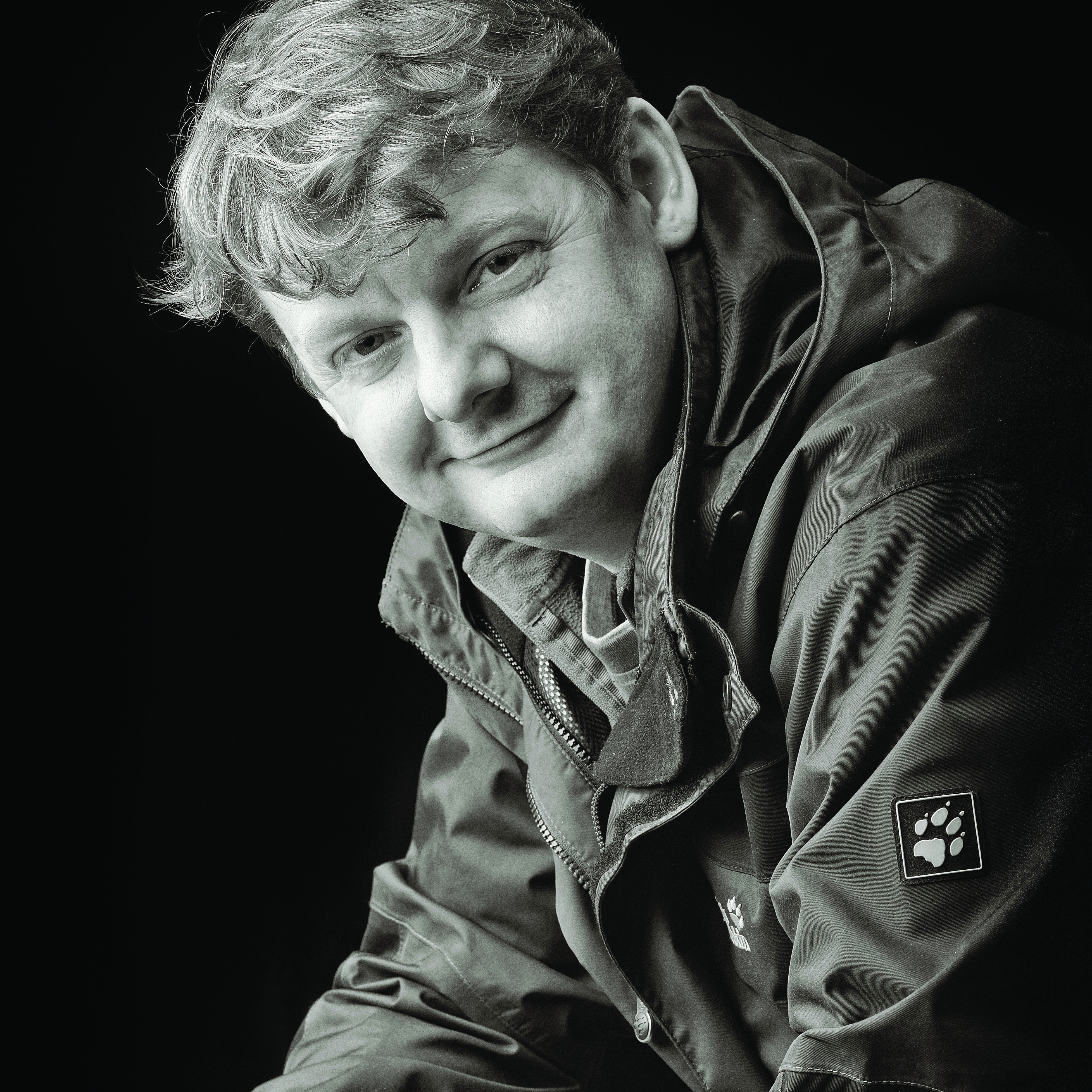"What makes or breaks a portrait?" ponders professional photographer Paul Wilkinson
Is it lighting or love? Artistry or humanity? You need a bit of both – but it's all about capturing the connection between subject and photographer

A recent client asked, "What is the key ingredient to a great portrait?"
Hmmm.
That's one of those questions that should be so simple to answer, yet it caused me to pause for thought.
Initially, my answer was 'great lighting…' as you'd expect, given my love of the stuff: how it plays off a subject, shapes them, creates sparkle and mood, draws your eye or adds drama.
It goes without saying that without light, you have nothing. But having said that (haha, see what I did there?), what is a great portrait If you break it down, I think you can think of it in two parts: the artistry and the humanity.
Firstly, the artistry. I guess this is what you might expect to read about in an article for Digital Camera World. It's the artistry that most photographers adore, from the lighting to the post-production. It certainly accounts for most of the things we discuss (how often am I asked what camera, lens and lighting I used to create an image?).
As a photographic judge, reviewing the technical merits of an image absorbs the majority of our time, whether it's the quality of the light, the attention to detail in the pose, or the smoothness of the post-production. These things are the photographer's fascination.
Get the Digital Camera World Newsletter
The best camera deals, reviews, product advice, and unmissable photography news, direct to your inbox!
But what about the humanity? Surely, that's what a portrait is about – it is not a technical exercise in lighting or pixel-peeping. It is a unique and unrepeatable moment in two people's lives: your subject and you, the photographer.
So what is the single most important ingredient? Well, for me, it has been and always will be the personality of an image. For a portrait photographer, that comes down to your connection with your subject.
If you think about it, you are merely a fleeting catalyst in the life of a photograph: for a few hundredths of a second, there is your subject, your camera and you. Then you're gone, and all that is left is the image you've created and the experience a viewer has when looking at it.
You have little to no control over how, where and when that image will be seen, and you certainly have no control over the experiences that the viewer brings with them to that moment. Have they had a rubbish day, do they have people in their lives that might be relatable to the subject, does the image evoke memories or feelings of sadness or joy for them? Remember that even a picture of a laughing child will evoke sadness for a bereaved parent, an emotion that is unlikely to be what you planned.
For me, the ultimate power of a portrait isn't the lighting or the posing, the framing or the Photoshop skill. It is that fleeting moment you share with someone, that uniquely unrepeatable experience, that simple, very human thing of forming a connection with another person. Pour as much lighting on it as you like; without that magical connection, a portrait is just a picture.
The single most important thing for a great portrait? You and your humanity.
You might also like…
Check out the best cameras for portraits and the best lenses for portraits, along with these portrait photography tips.

Paul Wilkinson FBIPP FSWPP is a multi-award-winning international photographer, an ambassador for Graphistudio, Elinchrom and Pixellu, as well as a trainer, speaker and author in the photography industry. He hosts the popular Mastering Portrait Photography podcast, where he chats about life, the universe and all things portrait photography.
- Adam WaringGuides Editor
